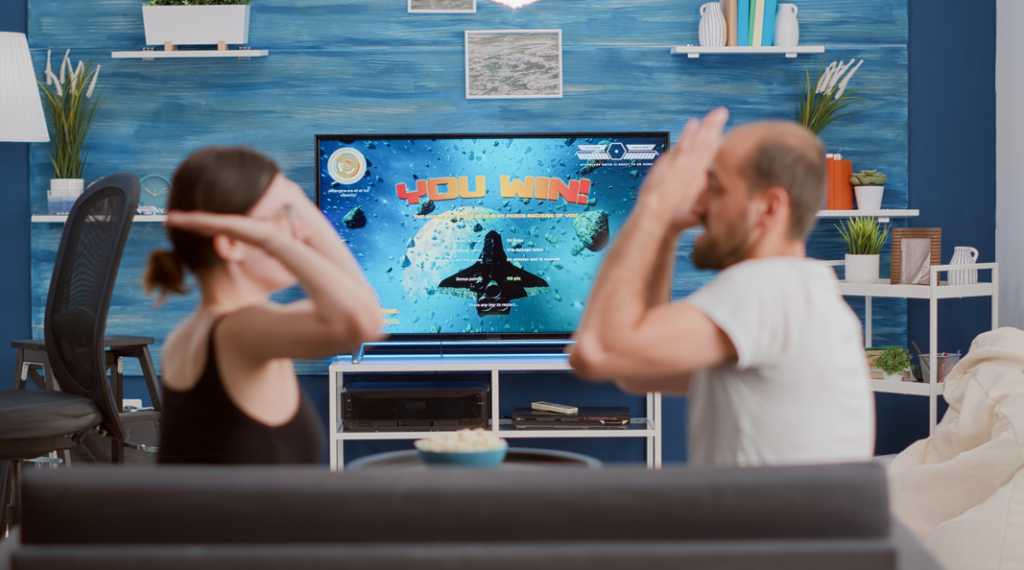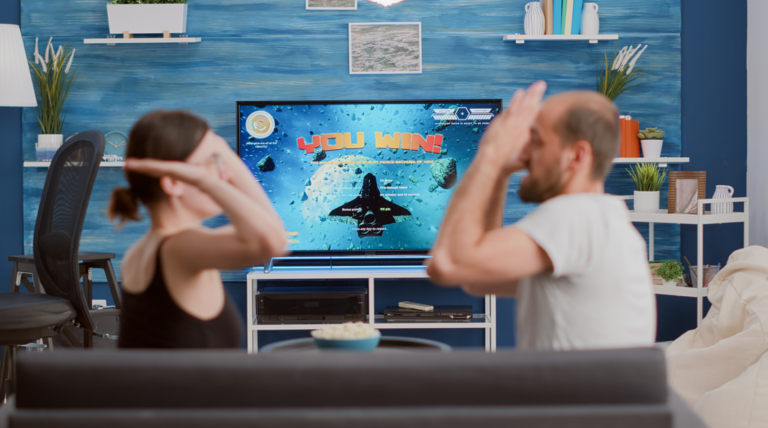Nintendo’s strategy for sharing gameplay data has changed dramatically, transforming inexperienced players into lively storytellers with relative ease. Nintendo greatly lowered the barriers that previously restricted gameplay sharing to the technically skilled by integrating user-friendly data management features straight into the Switch interface. From a thrilling finish in Mario Kart to a poignant scene in Zelda, every moment captured is incredibly accessible with just a tap of an album icon.
Users can quickly view screenshots and videos and easily edit or trim them before sharing them on social media sites like Facebook and Twitter thanks to the HOME menu’s incredibly clear navigation. Nintendo provided a highly adaptable toolkit by incorporating editing features natively, turning a gaming console into a digital scrapbook for significant life events and thrilling triumphs.
| Attribute | Details |
|---|---|
| Gameplay Capture Access | HOME Menu → Album → Select Screenshot/Video |
| Editing Capabilities | Trim video clips, add captions to screenshots |
| Social Sharing | Direct upload to Facebook and Twitter |
| Save Data Location | System memory only (secure, non-transferable to microSD) |
| Data Transfer Between Memory | System Settings → Data Management → Move Data |
| Cloud Backup | Nintendo Switch Online Subscription Required |
| Manual Save Transfers | Console-to-console transfers for local saves |
| Archiving Games | Free up space while retaining save data and icon |
| Future Feature (Switch 2) | Game Share to family/friends (no ownership needed) |
| Reference Link | Nintendo Support – Data Management |
Nintendo demonstrated a particularly careful awareness of player priorities by emphasizing save data security. Because save files are only kept in the system memory, progress is incredibly resilient to unexpected hardware malfunctions or memory card accidents. This small but incredibly effective design choice significantly increased the dependability of gameplay preservation, making unplanned console upgrades and swaps much less intimidating.

Prominent content producers such as Valkyrae and DanTDM, who are well-known for their captivating Nintendo playthroughs, have greatly profited from these tools in recent years. They illustrated how easily accessible storytelling through gameplay has become by quickly recording footage and editing highlights without the need for third-party software. Memorable clips can be shared quickly, reaching a worldwide audience in a matter of minutes. This was not possible a few years ago, when much more complicated setups were needed.
Switch Online members and players with multiple consoles or families juggling multiple devices benefited greatly from Nintendo’s amazing introduction of cloud save functionality. The risk of losing valuable game progress due to mishaps was greatly decreased by offsite data security, allaying common concerns. These cloud saves serve as virtual lifeboats, prepared to transport players’ journeys to more modern shores in the context of changing hardware cycles.
Nintendo added manual transfer options for local save data migration in addition to protection, which is a particularly useful feature for users without active online subscriptions. This adaptable solution preserves autonomy and provides surprisingly low-cost convenience by enabling users to start a device migration without ever touching a Wi-Fi network.
Archiving was a clever extension of data management. Players can avoid the hassle of complete reinstalls by quickly archiving larger game files without losing save data or game icons when space becomes limited. In this way, expanding digital libraries are seamlessly supported by the Switch without putting users in a never-ending buy-or-delete situation.
This philosophy will be further enhanced by upcoming shifts with the Switch 2. Nintendo aims to simplify the strict nature of game ownership by utilizing a very creative “Game Share” feature. Soon, players will be able to lend friends or family members supported digital titles without giving them full licenses. This move, which is especially inventive, envisions a future in which gaming is less of an individualistic activity and more of a shared ecosystem.
When physical distances increased during the pandemic years, Nintendo’s game-sharing features greatly helped friends and family stay connected. Despite being separated by great distances, playing Animal Crossing together turned into a virtual bonding experience rather than just amusement. Nintendo enabled users to stay emotionally connected even during times of loneliness by making it easier to record and share moments.
It’s interesting to note that this trend reflects larger cultural changes as people look for more creative and easy ways to connect. Bite-sized, real content is what platforms like YouTube, Instagram, and TikTok thrive on. By enabling players to create content naturally without the need for complex editing equipment or technical know-how, Nintendo’s gameplay sharing system capitalizes on this phenomenon.
Moving screenshots and videos between internal storage and microSD cards became especially useful for medium-sized gaming households that had multiple Switch consoles. The games themselves can be moved to make better use of available space, but save files remain securely attached to internal memory in accordance with Nintendo’s extra stringent security guidelines.
Keeping game icons visible even after a title had been archived was another significant design choice. This facilitates re-engagement by providing players with visual memory cues of their digital library. The journey can be resumed with surprisingly little difficulty if a player chooses to return to Splatoon 3 or Fire Emblem after a break.
The Switch offers an incredibly reliable infrastructure by combining local and cloud-based management strategies. Instead of being difficult technical tasks, managing numerous screenshots or sending video clips to smartphones for fast edits and reposts have evolved into simple processes. Nintendo changed gameplay management from a backend task to an extension of artistic expression with these incredibly user-friendly improvements.
Impacts on society are subtly significant. Teachers use clips of Switch gameplay in the classroom to demonstrate how to solve problems or how educational games depict historical settings. Mental health professionals transform captured moments into recovery milestones by using progress in therapeutic games to validate young patients’ accomplishments.
Nintendo made sure that creativity is always accessible and technical barriers are kept remarkably low by seamlessly incorporating these features. The Switch experience feels noticeably more inclusive than platforms like Steam or PlayStation, where sharing gameplay frequently requires extra hardware or software.
Nintendo’s progressive actions may very well establish a standard in the upcoming years as storage needs increase and digital ownership models change. Parts of this formula have been spotted in other tech ecosystems, such as Google’s Stadia memory allocations and Apple’s iCloud optimizations. With gameplay data sharing, Nintendo has, however, so masterfully woven the user’s creative instincts into the very fabric of the platform.
Long after the Switch is turned off, gaming experiences remain rich and significant because it can effortlessly record a pivotal Mario Kart victory, a flawless Hades escape, or a moving Pokémon reunion. Once intangible, the relationship between a gamer and their game is now immortalized, honored, and shared, demonstrating that storytelling is no longer limited to writers.
